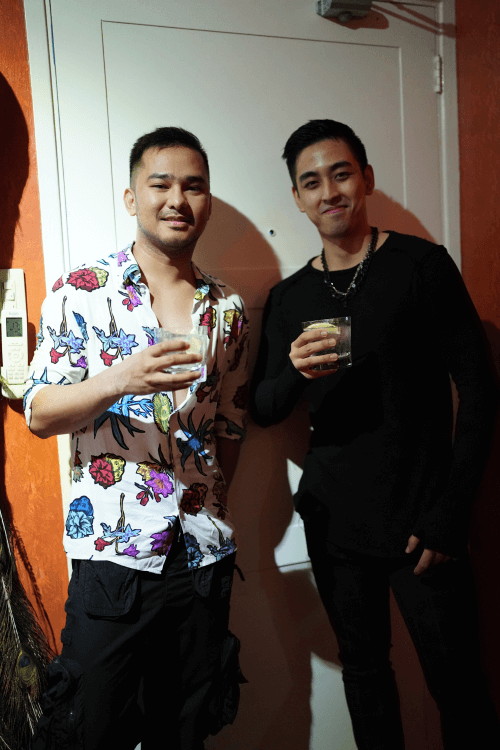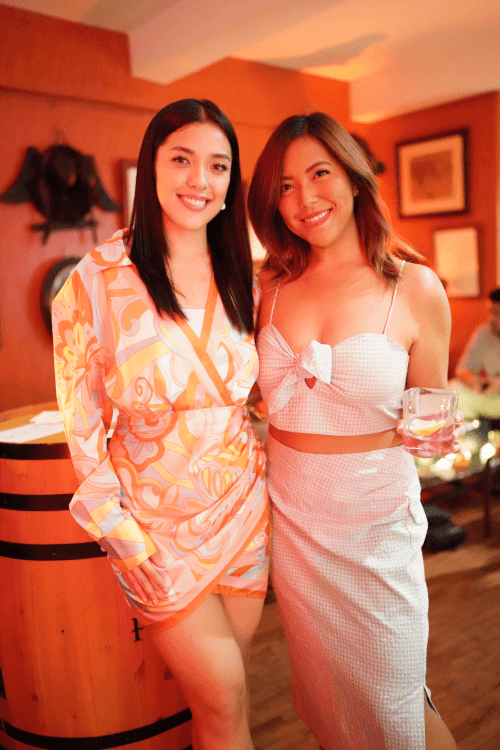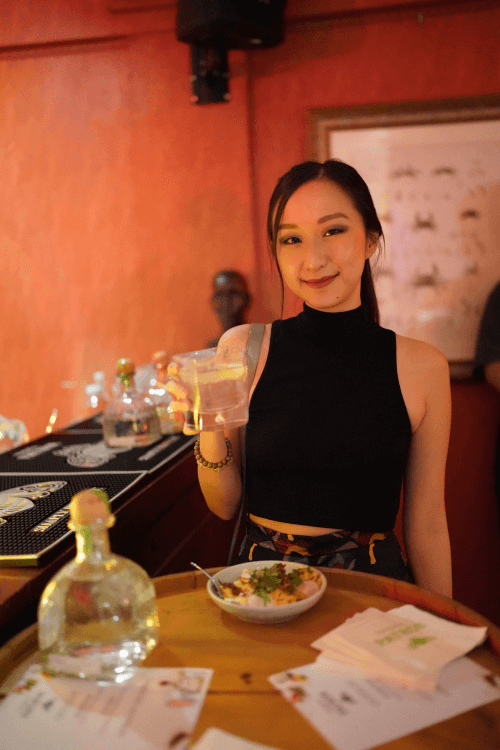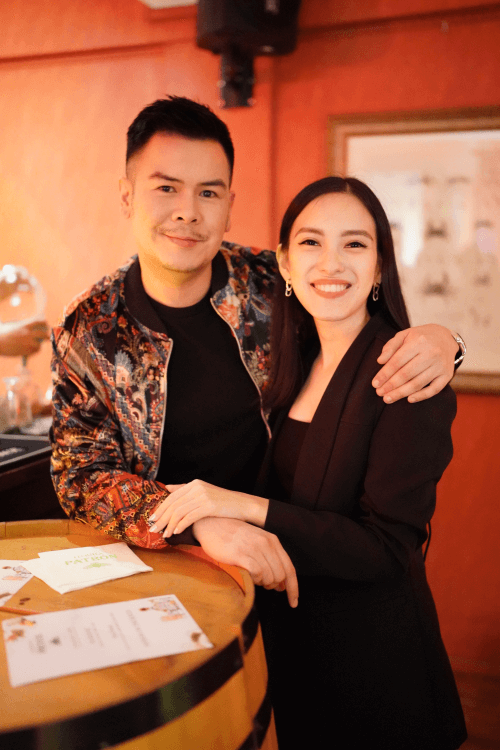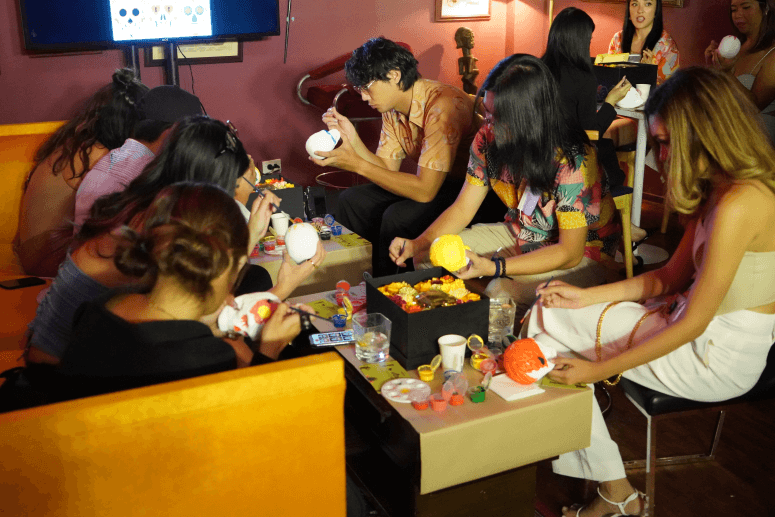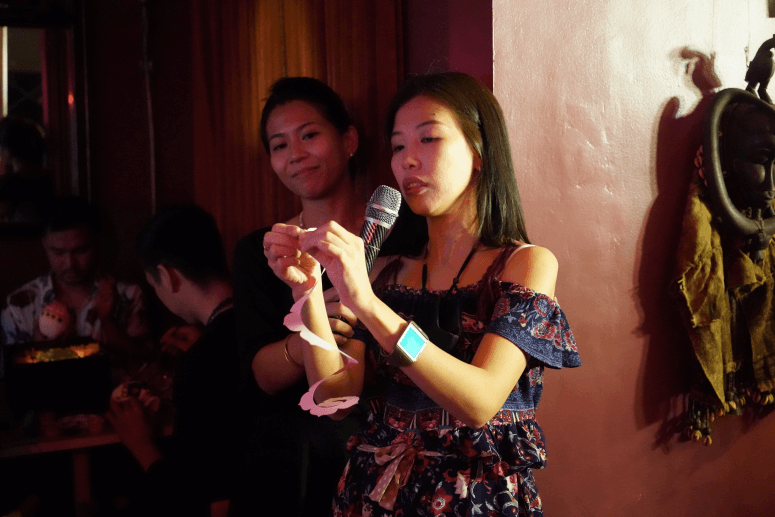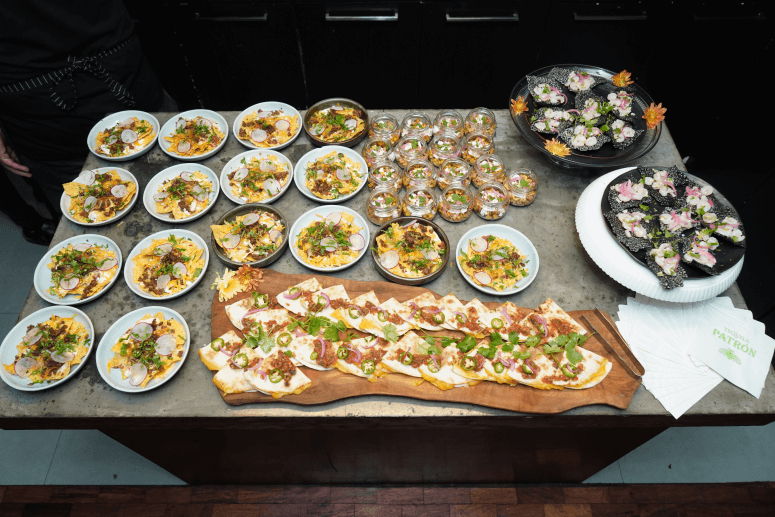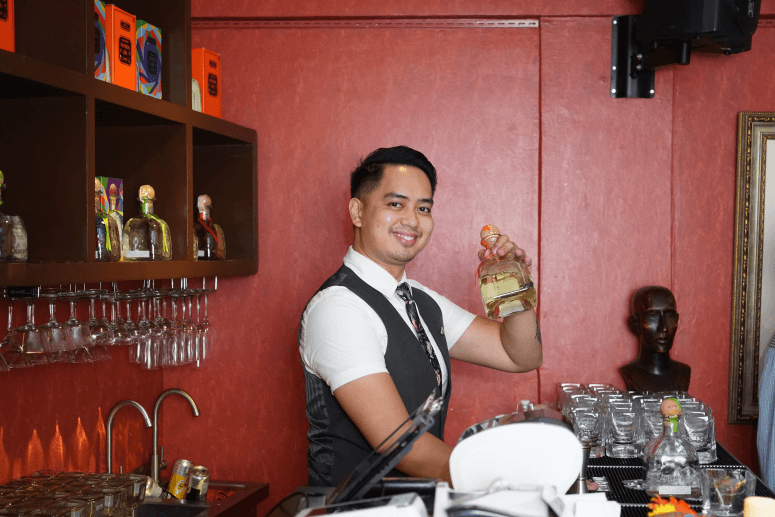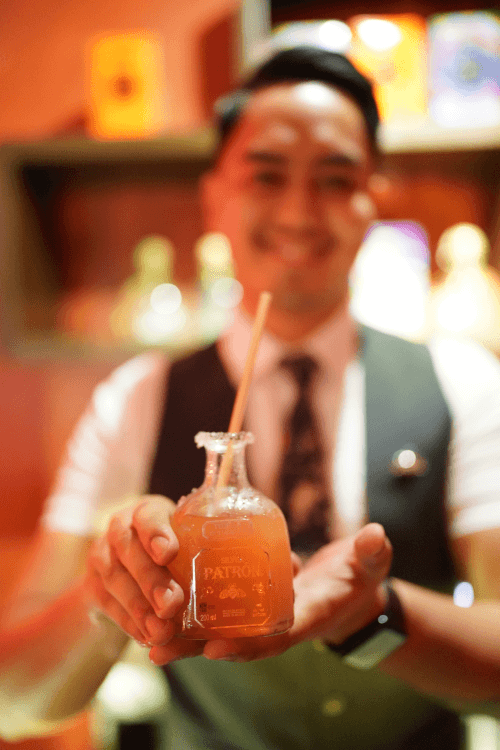Undas? Halloween? Try Dia de los Muertos for size!
"Remember me, though I have to say goodbye / Remember me, don't let it make you cry."
Coco teaches us that death, though a sorrowful event in itself, isn't all doom and gloom. It's also a powerful reminder that the happy memories the deceased had brought into the world shall live on.
In fact, the beloved 2017 animated fantasy foregrounds Dia de los Muertos, the holiday that normalizes death and celebrates life.
Dia de Muertos (or Dia de los Muertos) was derived from Mexico's pre-Hispanic peoples, particularly their month-long rituals in honor of the goddess Mictecacihuatl, or “Lady of the Dead." During the period, it's said that the veil between the worlds of the living and the dead is lifted. Families, then, gather to welcome back their ancestors' souls.
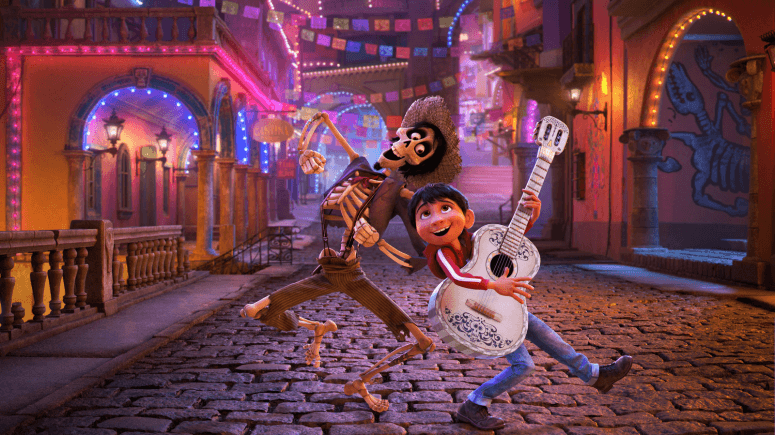
When the Spaniards arrived in Mexico and began converting locals to Roman Catholicism, they imposed the observance of Dia de Todos los Santos or Day of All Saints on Nov. 1, followed by Dia de los Muertos or Day of the Dead on Nov. 2.
The renewed Dia de los Muertos interweaves colonial influences with indigenous practices.
Modern observances vary per region, but everything boils down to trying to persuade dead loved ones to "return" for a family reunion.
Residents do away with horror stories, somber expressions, and dark hues. Instead, they make the occasion colorful, literally and figuratively.
They adorn grave sites with candles, their dead loved ones' favorite food, and cempasuchil or marigolds, dubbed as the flower of the dead whose scent is believed to attract them.
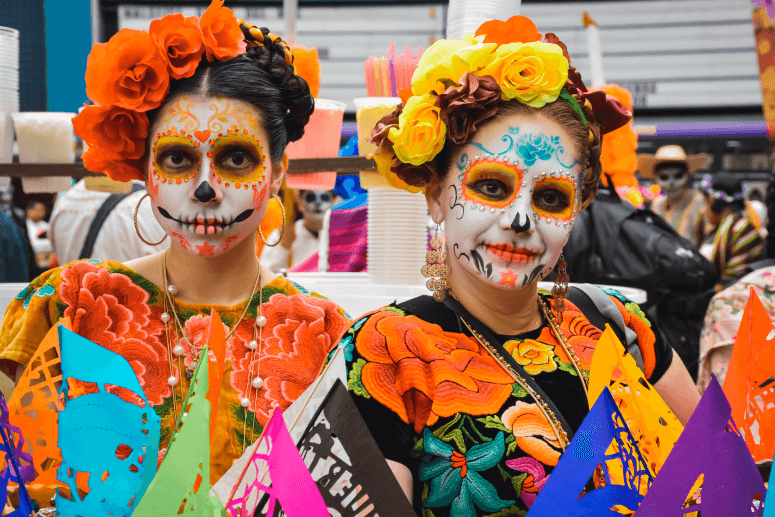
Cigarettes and tequila are also being offered as enticement.
Others take to the streets to indulge in food and alcohol, hoping the dead would also partake in the festivity.
Many families also install ofrendas, or altars, in their homes. They place photos of their dead loved ones, cempasuchil, toys, as well as food. Food items include sweets and pastries inspired by symbols of death, like skulls and coffins.
Some people also wear calacas or wooden skull masks. Colorful décor like papier-mâché skeletons are also aplenty.
Though the culturally rich and utterly meaningful celebration is already gaining global traction, Mexican tequila brand Patrón wants to cement Dia de los Muertos' international status further.

Patrón gave media, including PhilSTAR L!fe, a taste of Dia de los Muertos at La Vie en Rose on Gabaldon Street in Poblacion, Makati last Oct. 24.
Several Filipino personalities were also in attendance, like Olympic figure skater Mikee Martinez; Miss World 2022 Top 10 Erika Kristensen; clothing designer Rosenthal Tee; sex education advocate Say Tioco; events host Bea Arboleda; model Janeska Sibug; and TikTok star Zoie Garcia.
Led by watercolor artist Thea Ong, guests painted papier-mâché skulls and folded multicolored paper flowers.
Brand ambassador Lawrence Gabriel, winner of the Patrón Perfectionists Cocktail Competition in Mexico last January, also prepared "swabe" cocktails for everybody: Patrónic (Patrón Silver, tonic and lime), Paloma (Patrón Reposado, grapefruit, lime, and soda), and the ever-reliable Patrón on the rocks.
The La Vie en Rose kitchen, for its part, served Mexican cuisine specifically for the event: shredded elote, shrimp cevíche tapioca, jalapeño quesadilla, and beef nachos. The dishes didn't skimp on zesty cilantro, as well as that "kick" from spices and "punch" from other earthy flavors.
"This is the brand's first venture into Dia de Muertos," said Bobby Campos, Bacardi-Martini Philippines Inc. commercial manager. (Patrón is part of the portfolio of Bacardi Ltd., headquartered in Hamilton in Bermuda.)
Patrón has also partnered with different bars worldwide to put up Dia de los Muertos bar installs and displays.
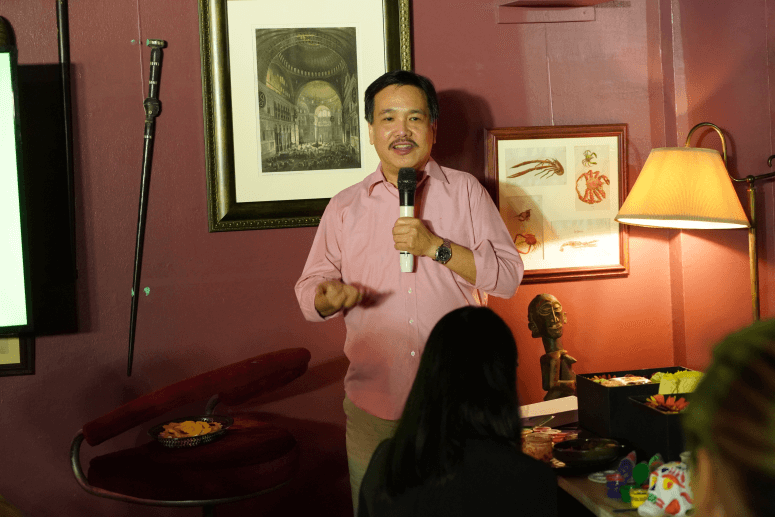
Campos said Patrón will hold a Dia de los Muertos-inspired event at Xylo at the Palace in Taguig on Oct. 31, adding they will continue doing so in the years to come.
"It's something new, and I hope it's exciting," he said.



